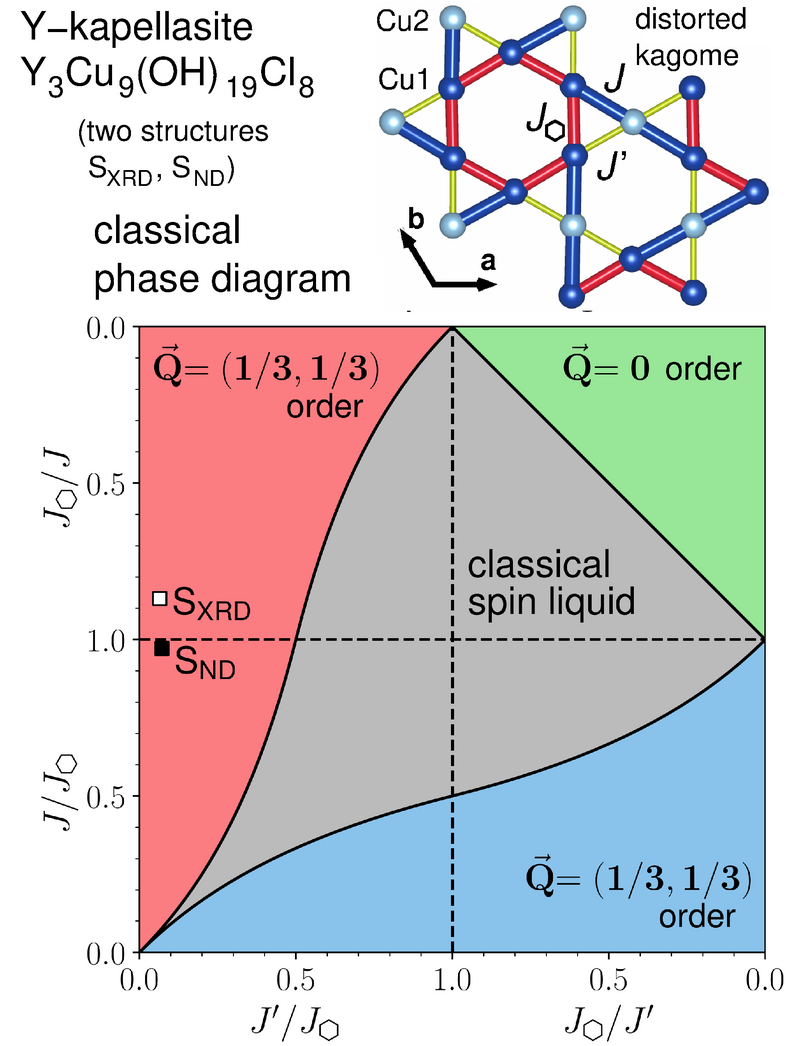Quantum Many-Body Physics
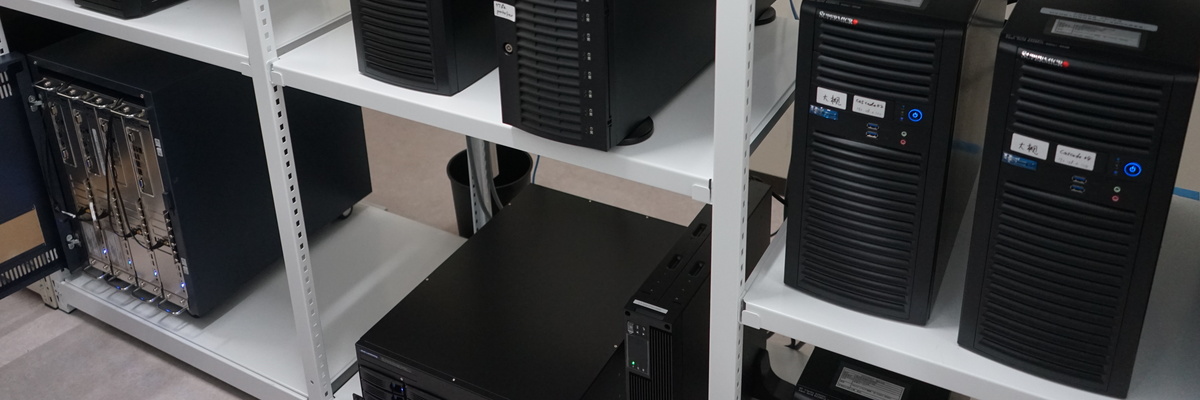
We are interested in modern problems of solid state theory and computational materials science. We focus on connecting the microscopic structure of materials to experimental measurements. The objective is to understand complex properties like magnetism and superconductivity and to discover and design new materials. Our method development aims at more precise and realistic description of materials and at making more physical quantities accessible by increasing computational efficiency.
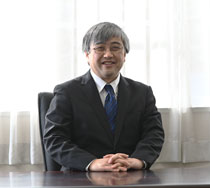 |
|
|---|---|
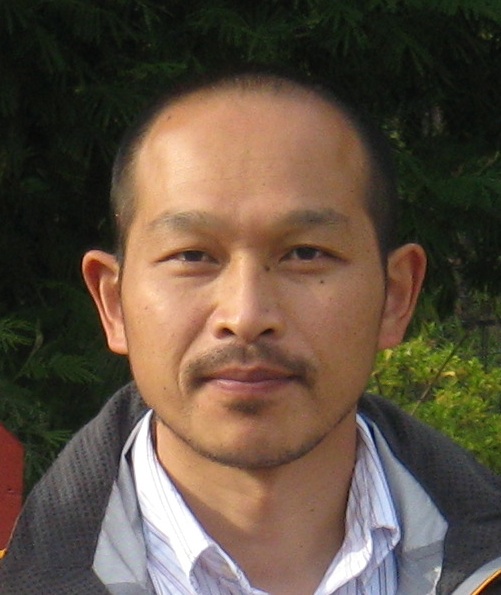 |
|
Certain superconductors form superconducting vortex states that contains many vortices under an external magnetic field. We have theoretically evaluated the properties of superconducting vortex state, such as specific heat, magnetization, local density of states, NMR spectra (see figure), nuclear magnetic relaxation, and small-angle neutron scattering intensity, from the spatial structure of the superconducting vortex thread state and clarified the effects of unconventional superconductivity.
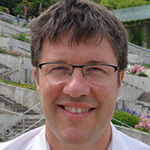 |
|
|---|---|
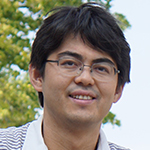 |
|
Antiferromagnets on kagome lattices are among the most interesting materials in the field of highly frustrated magnetism. We have studied a material that has, according to our density functional theory based energy mapping, a kagome lattice with a very interesting distortion. Classical calculations arrive at a phase diagram which contains, besides three ordered phases, a large classical spin liquid phase. The material Y-kapellasite which motivated the study and led to the discovery of this phase diagram is situated in a non-collinar coplanar ordered phase, in agreement with experiment.


